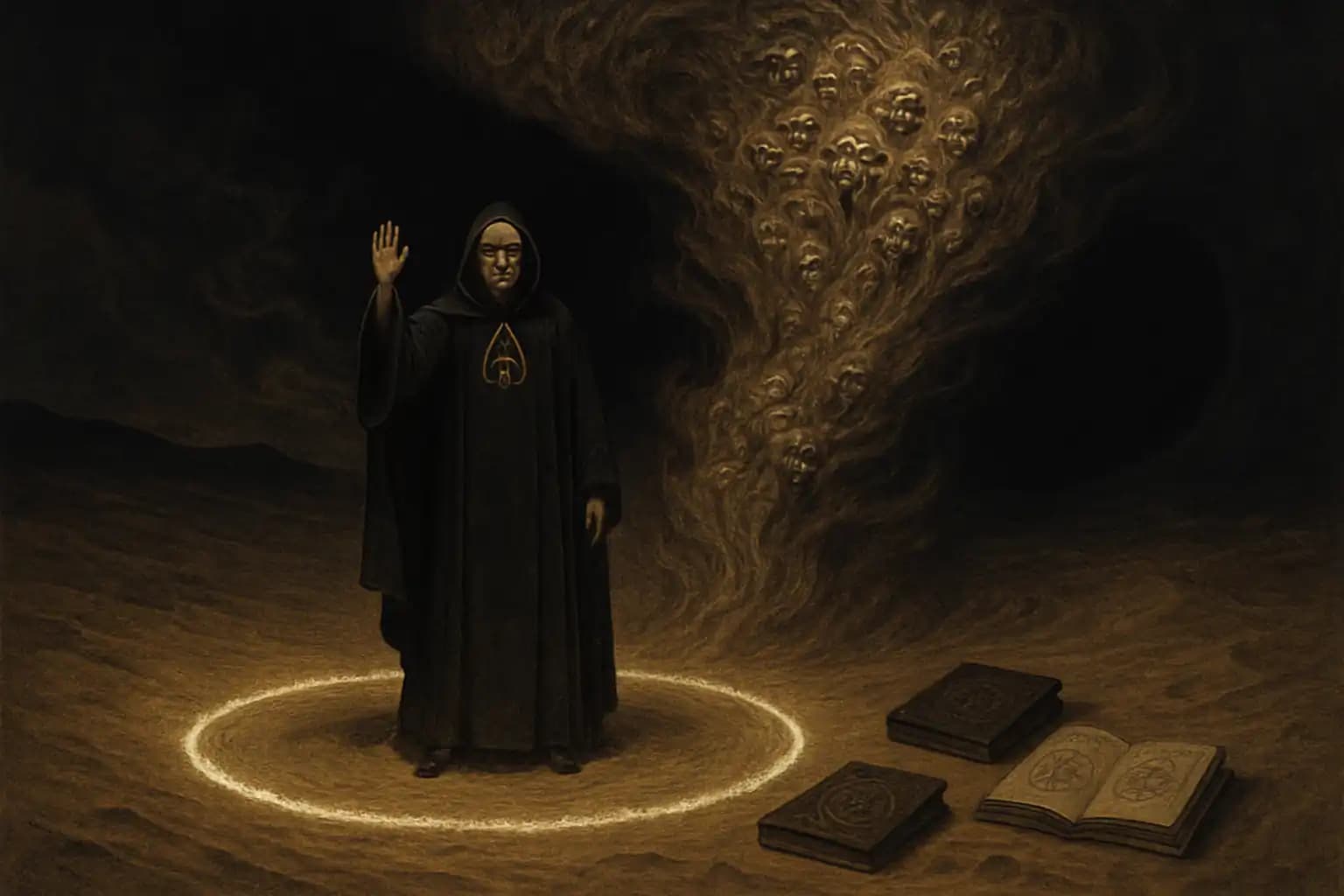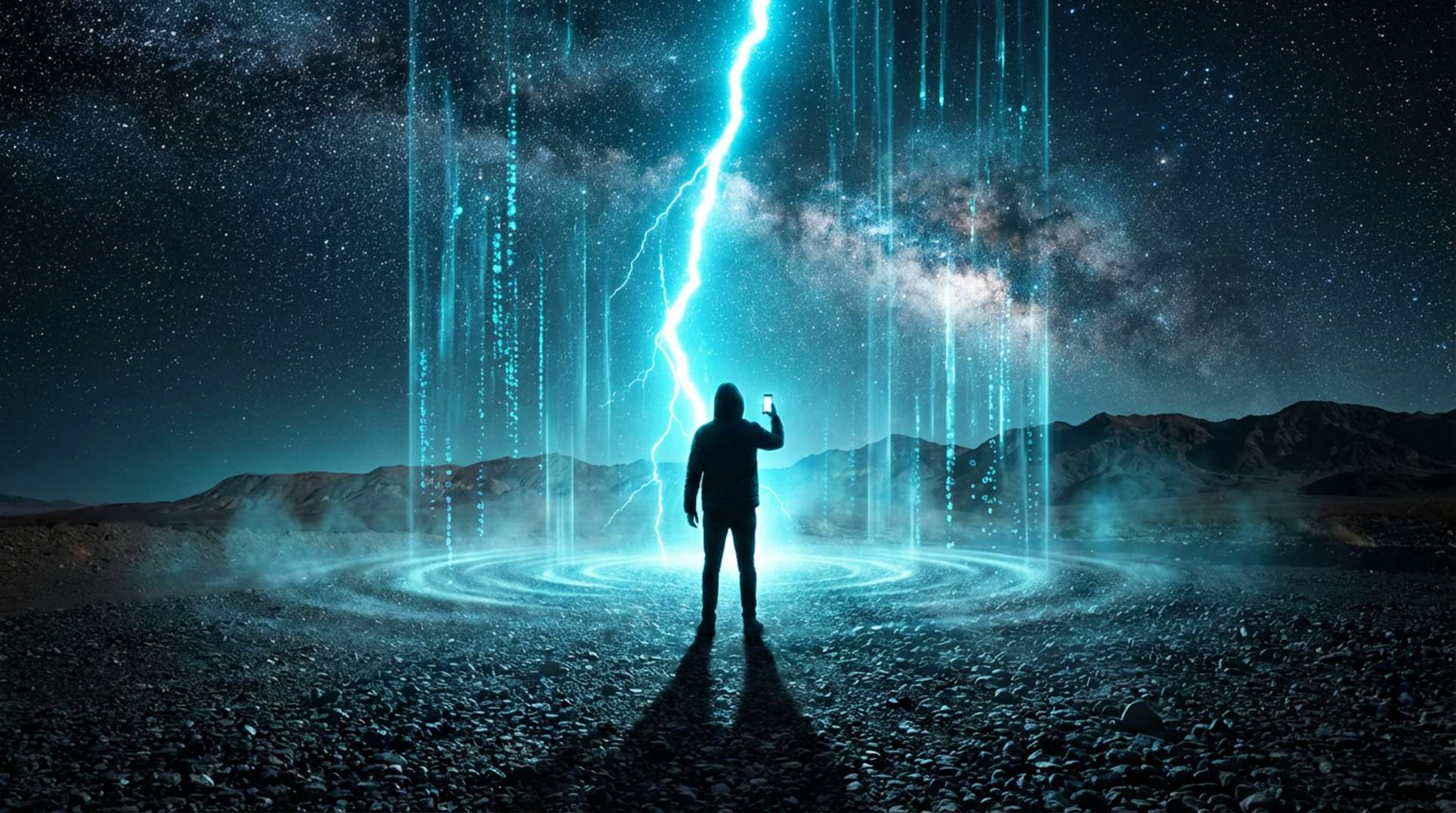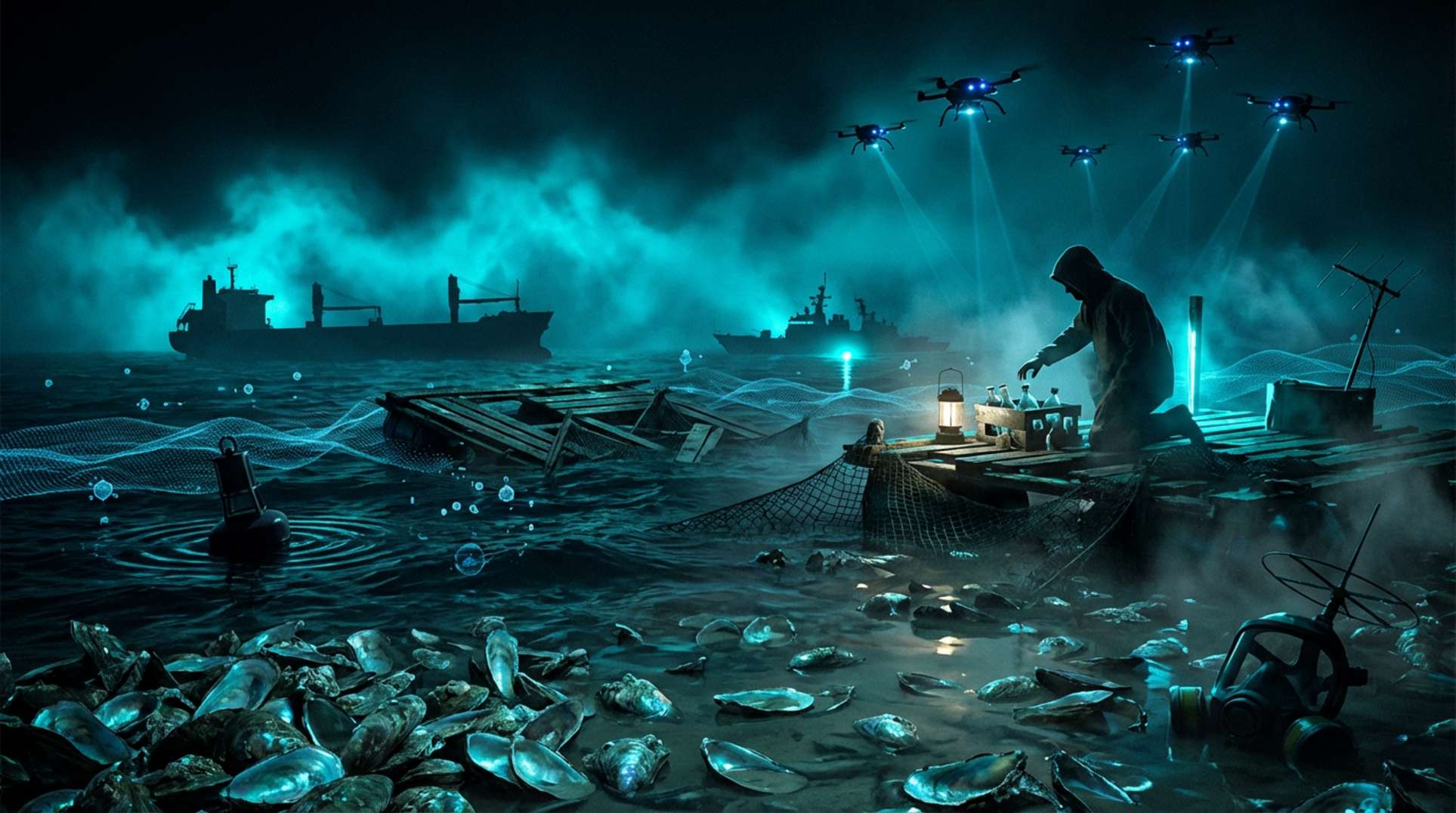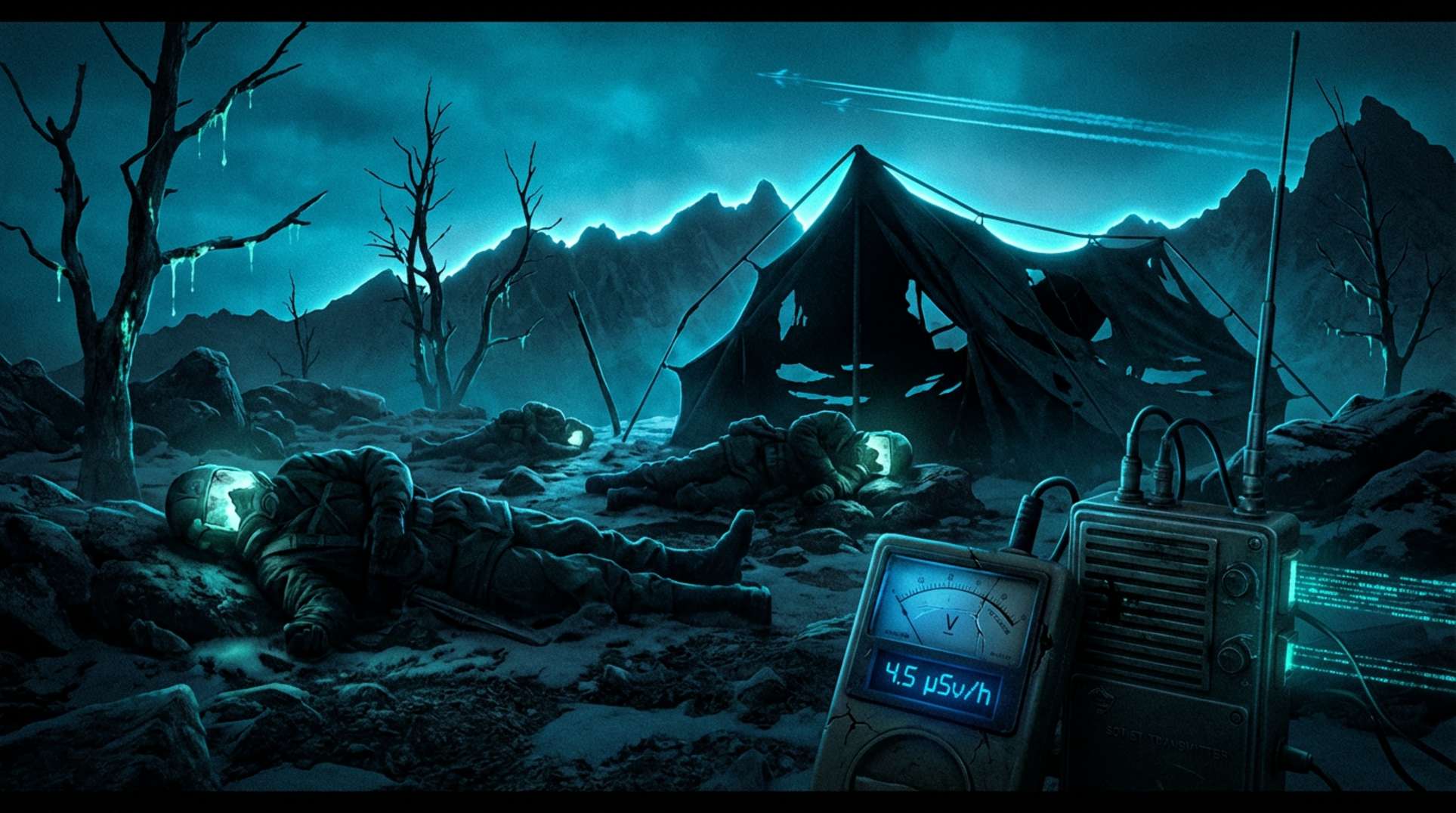If you think modern AI is dangerous, try confronting the abyss. Aleister Crowley, the mastermind behind Thelema, had a red line—etched not in code, but in a circle of salt against the desert sands. At the heart of his most notorious magical foray stood Choronzon, the “Dweller in the Abyss.” Crowley admitted he would never summon this demon twice. The story is no mere occult tabloid; it warns about psychological hazards lurking for anyone bold enough to probe the outer limits of consciousness (Wikipedia’s deep dive, Occult World’s Choronzon profile).
Thelema and the Temptation of Forbidden Knowledge
Crowley’s Thelema, conceived in the early 20th century, is more than a self-help mantra for midnight iconoclasts. It’s a tangled fusion of Western esotericism, ritual magick, and sexual mysticism—complete with a moral compass pointing to self. In this philosophy, the true path (the ‘True Will’) is carved through willpower, not dogma.
However, it’s never just pleasure cruises and Gnostic aphorisms. The deeper a practitioner delves into Thelema’s ceremonial enchantments and communication with ‘aethyrs,’ the more they encounter philosophical perils and psychic risks. Crowley described Choronzon in Libri as less a demon and more a personification of formless chaos. He serves as the last obstacle on the path to ultimate realization. Confront Choronzon unprepared, and you risk the dissolution of self into madness (thelemapedia notes), mirroring today’s existential fears about modern doomsday scenarios (see the AI alignment warning).
The 1909 Ritual: Aleister Crowley Summons Choronzon
Crowley’s 1909 desert ritual remains infamous and controversial. Alongside poet Victor Neuburg, Crowley attempted the dangerous crossing of the Abyss, summoning Choronzon to overcome the last barrier between human existence and the truly transcendent. Accounts of that session, documented in surviving diaries and reminiscences (Ritual retelling), describe shifting forms, ferocious assaults, and a psychological battle that left both participants shaken—Neuburg wielding a dagger, while Crowley’s notes suggest a calculated crossing between ritual and real-life psychodrama.
Critics allege Crowley embellished the tale, and conflicting reports (plus missing diary pages) keep the account shrouded in uncertainty. Yet the lesson endures: Choronzon is not merely an entity to be banished with incantations. In most traditions, he is the fragmentation of the self, sabotaging enlightenment by whispering “I am I” above the howling void. It parallels broader societal fears about unintended consequences—whether through malleable demonic archetypes or the unruly powers threatening humanity today (hidden threats to survival, rising global weirdness).
The Abyss, Dispersion, and the Dangers of Occult Practice
In Thelemic mythology, the abyss isn’t just a mythic gulf. It’s the boundary between the universe of form and the abyss of formlessness. Choronzon, “the demon of dispersion,” symbolizes inane, raving voices—shallow aggregates of identity and thought—that distract the adept from true transcendence. According to Crowley, Choronzon is “not really an individual” but chaos craving the illusion of selfhood. Meeting him too early or without discipline opens the gate to psychic disintegration (analysis here), a dilemma akin to crossing into hazardous technological territory without a map (parallel-universe breakdowns).
Warnings aren’t ornamental in occultism; they’re survival essentials. Thelema’s most dangerous rituals, as documented in mainstream and spiritualist sources (cautious Christian analysis), demonstrate that ‘ego death’ is not a metaphor for casual conversation. The psychological risks—dissociation, destabilization, even madness—remain for modern dabblers seeking shortcuts through the abyss. Adding to the peril, Crowley urged keeping ritual details secret—a no-go zone for the unprepared.
Legacy, Mirrors, and Modern Parallels
Today, Choronzon has evolved; he’s a boogeyman for occultists, a metaphor for digital dissociation, and a warning against hubris in any system—magical, digital, or otherwise. In a world captivated by hidden mechanisms and looming existential threats—from AI to psychic breakdowns—Crowley’s red-line demon mirrors our darkest technological and philosophical escalations.
Those drawn to the abyss should heed Crowley’s wisdom: not every door must be opened. For the rest of us, exploring forbidden lore is best done from a distance—ideally with seatbelts buckled and bunkers stocked, just in case the abyss stares back. For insights into humanity’s wilder edges, check updates from Unexplained.co. And should you face your own demon in the psychic sand dunes—try not to blink first.




